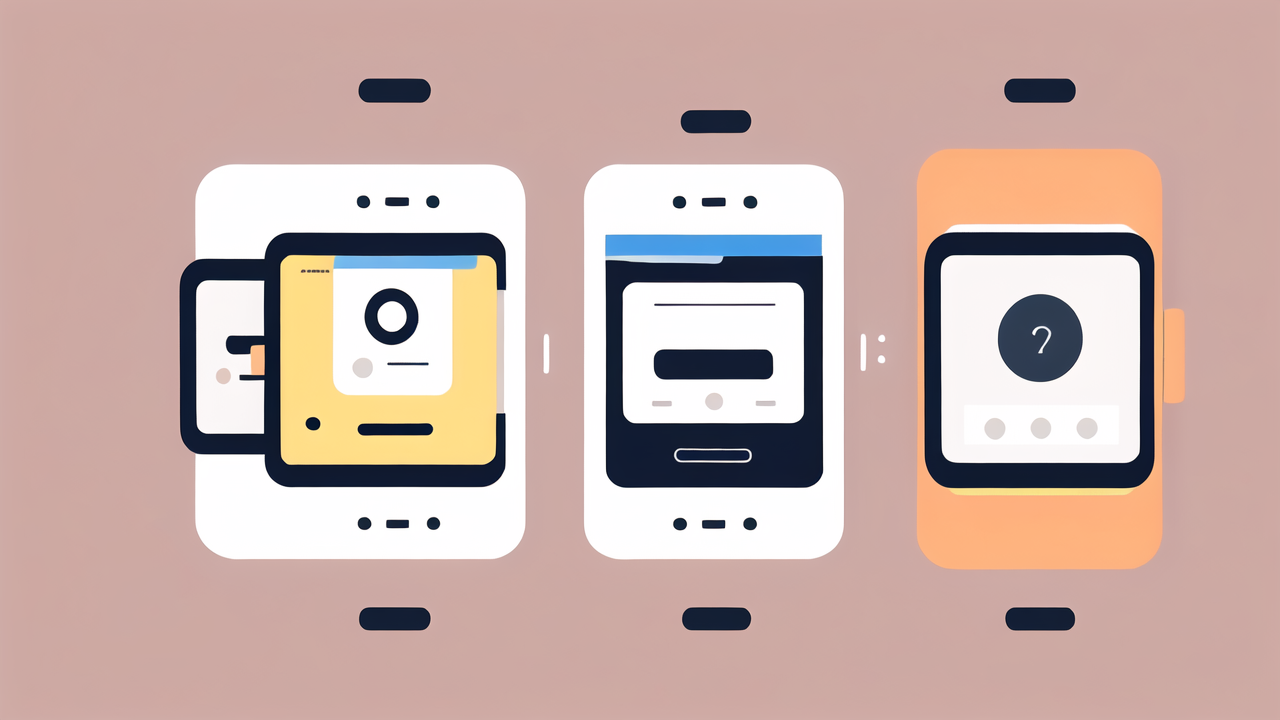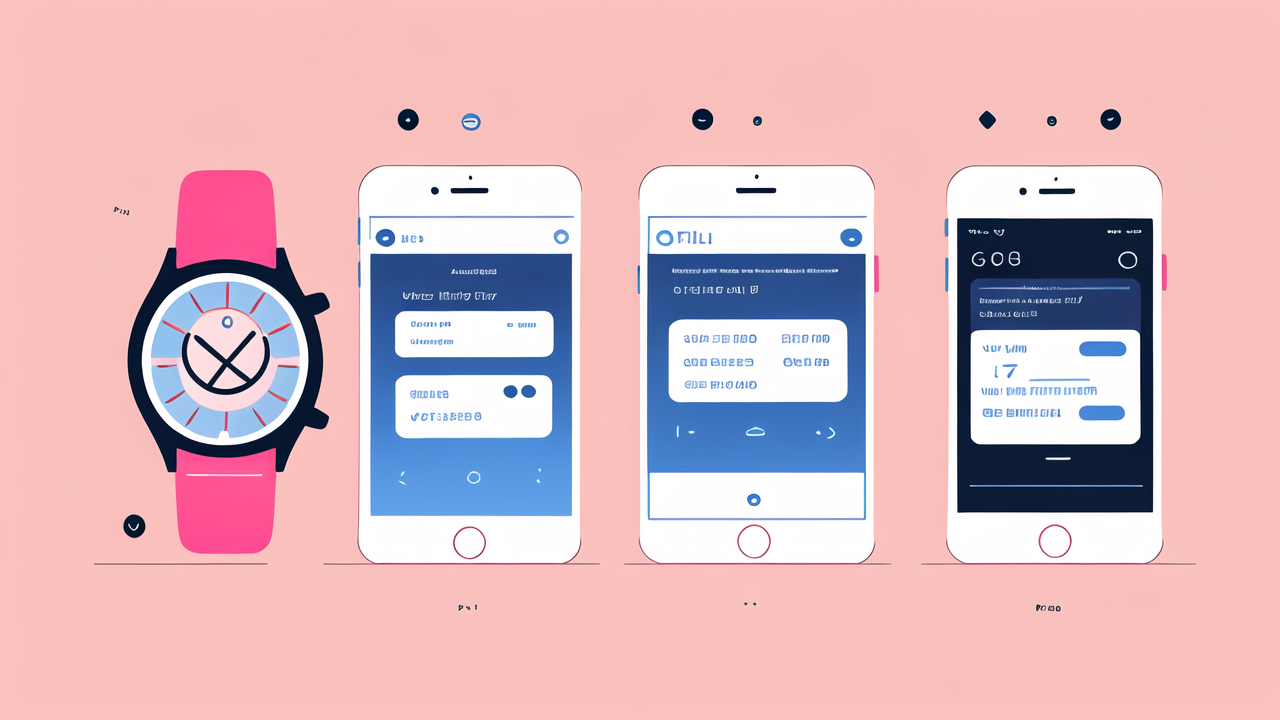The Evolution of Wearable Technology in the United States
The Emergence of Smart Watches and Body Metric Trackers
The rise of smart watches and body metric trackers marks a new era in wearable tech. These devices have

transformed from simple timekeepers to advanced health monitors. Early models focused on step counting
and basic notifications. Now, they offer a wide range of features.
Modern smart watches can track heart rate, sleep patterns, and even detect falls. Body metric trackers
have become more sophisticated too. They can measure body composition, stress levels, and blood oxygen.
This evolution reflects a growing interest in personal health monitoring.
The popularity of these devices has soared in recent years. Consumers value the convenience and insights
they provide. As technology improves, we can expect even more advanced features in the future.
Technological Innovations Driving Wearable Evolution
Rapid advancements in technology have fueled the growth of wearables. Miniaturization of sensors has
been key to this progress. It allows for more features in smaller, more comfortable devices.
Battery life has also seen significant improvements. Modern wearables can last days or even weeks on a
single charge. This makes them more practical for everyday use.
Data processing capabilities have expanded too. Wearables can now analyze complex health metrics in
real-time. This provides users with actionable insights about their health and fitness.
Connectivity has also played a crucial role. The integration of Bluetooth and Wi-Fi allows for seamless
data syncing. This makes it easy for users to track their progress over time.
Regulatory Impact on Wearable Devices
As wearables become more advanced, they face increasing regulatory scrutiny. The FDA has taken notice
of devices that make health claims. This has led to new guidelines for wearable manufacturers.
Privacy concerns have also shaped regulations. Laws like HIPAA protect user data in health-related
wearables. Companies must ensure their devices comply with these regulations.
Safety standards have been established for wearable devices. These cover issues like battery safety and
electromagnetic emissions. Compliance with these standards is crucial for market success.
Regulatory changes have pushed innovation in unexpected ways. Companies are finding new ways to provide
value while staying within legal boundaries. This has led to more reliable and trustworthy devices.
Smart Smart Watches: Combining Fashion and Functionality
The Role of Design in Smart Watch Adoption
Design plays a crucial role in the adoption of smart watches. Early models were often bulky and

unattractive. This limited their appeal to tech enthusiasts. Today's smart watches focus on style as
much as function.
Customization options have become a key selling point. Users can change watch faces and bands to suit
their style. This allows smart watches to fit seamlessly into any wardrobe.
Collaborations with fashion brands have elevated smart watch design. These partnerships bring high-end
aesthetics to wearable tech. It helps bridge the gap between fashion and technology.
Materials used in smart watches have also evolved. Premium options now include titanium and ceramic.
This adds a luxury feel to these high-tech devices.
Integration of AI and Machine Learning in Wearables
Artificial Intelligence (AI) and Machine Learning (ML) are revolutionizing wearables. These technologies
enable devices to learn from user behavior. This leads to more personalized experiences.
AI-powered health insights are becoming more common. Wearables can now detect irregular heart rhythms or
predict stress levels. This early warning system can be life-saving in some cases.
Machine learning algorithms improve activity tracking accuracy. They can distinguish between different
types of exercises automatically. This provides users with more detailed fitness data.
Voice assistants powered by AI are now standard in many smart watches. They allow for hands-free control
and quick access to information. This makes wearables even more convenient in daily life.
Impact of Connectivity and Mobile Integration
Connectivity is at the heart of modern wearables. Seamless integration with smartphones enhances their
functionality. Users can receive notifications, make calls, and control apps from their wrist.
Mobile payments through wearables have gained popularity. This convenience is driving adoption in many
markets. It's especially useful for quick, contactless transactions.
Data synchronization between devices has become more robust. This allows for a cohesive ecosystem of
health and fitness data. Users can track their progress across multiple platforms.
Wearables are also becoming more independent. Many now offer cellular connectivity. This allows them to
function without a nearby smartphone. It's a game-changer for outdoor enthusiasts and athletes.
Market Dynamics and Consumer Trends in the Wearable Industry
Analyzing Consumer Demand for Smart Watches and Body Trackers
Consumer demand for smart watches and body trackers continues to grow. Health and fitness tracking

remain the primary drivers of this trend. Users value the ability to monitor their well-being easily.
Convenience features are also boosting demand. The ability to make payments or control smart home
devices is appealing. It makes these wearables an integral part of daily life.
Price points have diversified, making wearables more accessible. Entry-level devices offer basic
features at affordable prices. This has expanded the market to a broader range of consumers.
Customization options are increasingly important to buyers. They want devices that reflect their
personal style. This has led to a wider variety of designs and materials.
Key Players and Innovators in the Wearable Space
The wearable market is dominated by a few key players. Apple leads in smart watches, while Fitbit excels
in fitness trackers. Samsung and Garmin are also significant competitors in this space.
Startups are driving innovation in niche areas. Companies like Oura focus on sleep tracking. Others
specialize in medical-grade wearables for specific health conditions.
Traditional watch manufacturers have entered the smart watch market. Brands like Fossil and Tag Heuer
offer hybrid options. These combine classic watch design with smart features.
Tech giants like Google are also making moves. Their acquisition of Fitbit signals a strong interest in
the wearable space. This could lead to new innovations and market shifts.
Future Outlook: What's Next for Smart Wearables in the Fashion Landscape
The future of smart wearables looks promising. We can expect more integration with the Internet of
Things (IoT). This will make wearables central to smart home and city ecosystems.
Advanced health monitoring will likely become more prevalent. Wearables may soon detect a wider range of
health issues. This could include early signs of diseases like diabetes or heart conditions.
Fashion-forward designs will continue to evolve. We may see more collaborations between tech companies
and fashion houses. This could lead to wearables that are indistinguishable from traditional accessories.
Battery technology improvements will enhance user experience. Longer battery life and faster charging
are on the horizon. This will make wearables even more convenient for daily use.
Privacy and data security will remain key concerns. Future wearables will likely have enhanced security
features. This will help protect sensitive health and personal data.
As technology advances, we can expect wearables to become even more integrated into our lives. They may
soon be as essential as smartphones are today. The fusion of fashion, function, and technology will
continue to drive the evolution of smart wearables.




Leave a comment
This site is protected by hCaptcha and the hCaptcha Privacy Policy and Terms of Service apply.